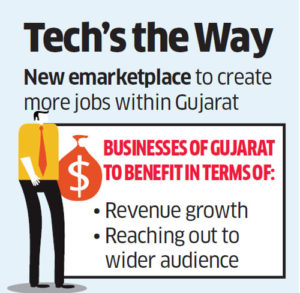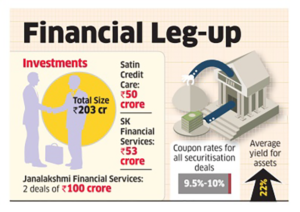 The Reserve Bank of India (RBI) is looking into a request to extend the classification period for non-performing assets (NPAs) to help small and medium enterprises (SMEs).
The Reserve Bank of India (RBI) is looking into a request to extend the classification period for non-performing assets (NPAs) to help small and medium enterprises (SMEs).
“Some people have made representation to the finance ministry of raising the NPA classification period beyond existing 90 days. This issue is under consideration. It is being examined by the RBI,” Minister of State for Finance Arjun Ram Meghwal told newswire PTI.
Summary
- RBI looking at request to raise the NPA classification period beyond the current level.
- Currently, an account turns into NPA or bad loan if it is not serviced for 90 days.
- In case of small businesses and SMEs, payments come usually late.
Currently, an account turns into a non-performing asset (NPA) or bad loan if it is not serviced for 90 days.In case of small businesses and SMEs, payments come usually late. Once they miss the 90-day period and fall in the NPA category, their credit line is cut.
In the absence of vibrant factoring or trade receivable market, small businesses and SMEs face the issue of timely credit availability. Meghwal also said that there is a need to strengthen loan restructuring mechanism in an effort to tackle inflation.
Loan restructuring is reviewed by the RBI from time to time as part of its effort to fight the mounting NPAs in the banking system.
Most recently, the minister said, the government brought in an ordinance giving wide-ranging legislative powers to the Reserve Bank to fight NPAs.
The ordinance authorises RBI to issue directions to any bank to initiate insolvency resolution process in the event of a default under the provisions of the Insolvency and Bankruptcy Code (IBC), 2016.
As per some estimates, banks are sitting on unrecognised stressed loans worth Rs 7.7 lakh crore in corporate and SME sectors and expect around 35 per cent of them to slip into the NPA category in the next 12-18 months.
There is a likelihood of Rs 2.6 lakh crore of corporate and SME loans, which are 3.2 per cent of total bank credit to be recognised as stressed loans by 2019.
Stressed loans include restructured assets that carry the risk of turning into NPAs.








